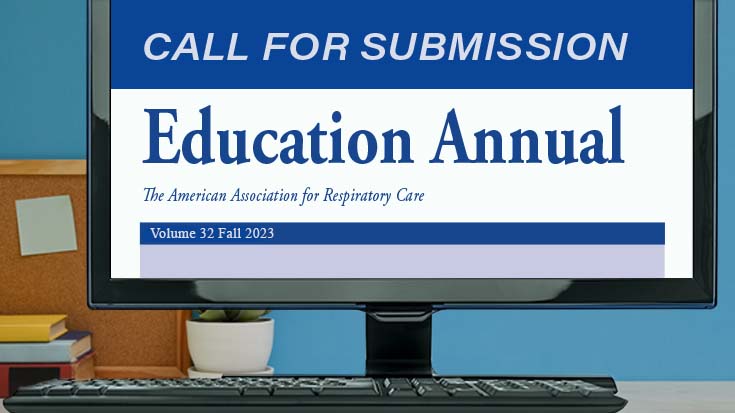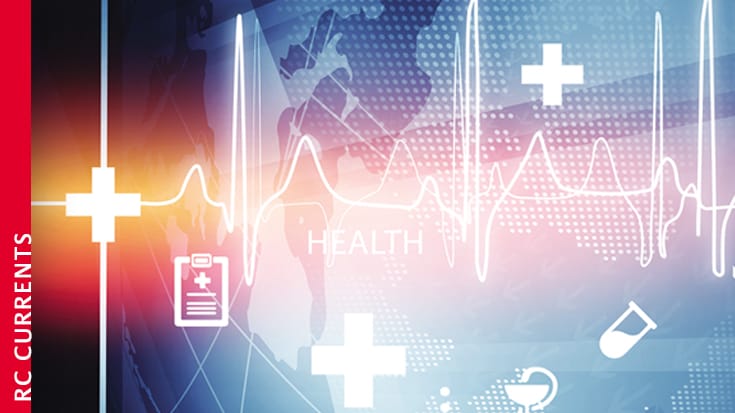
Asthma Attacks, Hospitalizations, Drop Markedly During Pandemic
Researchers from Brigham and Women’s Hospital who analyzed data from a large clinical trial involving 1,200 Black and Hispanic/Latin asthma patients found these patients experienced a 40% decline in asthma attacks and asthma hospitalizations during the winter and spring of 2020 when compared with the winter and spring of 2019. In addition, the rate dropped by 65% for those working outside the home when first enrolled in the study. It also dropped significantly for those with TH2-low asthma, which is triggered by environmental irritants such as pollution, smoke, or ozone rather than allergens like dust mites or mold.
Because all patients participated in the 15-month study online or by phone or mail and continued to report on their asthma symptoms during the pandemic, the authors believe these findings show how measures to prevent the spread of disease put in place during the pandemic affected the course of their asthma. They do not believe the drop in hospitalizations was due to the avoidance of the hospital setting during COVID-19.
“Since patients participated remotely once they were enrolled, they could tell us about the condition of their asthma separate from any concerns about leaving the house or having contact with health care providers,” says study author Elliot Israel, MD.
The Journal of Allergy & Clinical Immunology: In Practice published the study.
High Vaccination Coverage Will Save Lives and Money
U.S. researchers publishing in the Journal of Infectious Diseases found that if the nation could go from 30% COVID-19 vaccination coverage over the next few months to 40% coverage, we could avoid 24.3 million cases of COVID-19 and save $33.1 billion in direct medical costs and productivity losses. Going from 50% to 70% would result in the avoidance of 9.5 million cases and a savings of $10.8 billion in direct medical costs and productivity losses.
Even small increases in the vaccination rate mattered. For example, for each 1% increase between 40-50% percent of the U.S. population being vaccinated by the fall could prevent 1.6 million cases, along with 60,190 hospitalizations, and 7,100 deaths. It could also save $674.2 million in direct medical costs and $1.5 billion in productivity losses. Each 1% increase between 50-70% could prevent 473,900 cases, along with 17,600 hospitalizations, 2,000 deaths, and 537 million in direct medical costs and productivity losses.
The faster the nation increases vaccinations, the better too. Speeding up vaccinations to reach a 50% coverage by July 2021 instead of October 2021 could save an additional 5.8 million cases, 215,790 hospitalizations, 26,370 deaths, $3.5 billion in direct medical costs, and $4.3 billion in productivity losses. Getting it done by October 2021, before the winter season sets in, could result in 6.6 million fewer cases, 252,260 fewer hospitalizations, 29,380 fewer deaths, and a savings of $4 billion in direct medical costs and $8 billion in productivity losses.
The study also showed that increasing the vaccination rate was more important than getting everyone the most effective vaccines out there. For example, achieving 70% coverage with a 70% effective vaccine would prevent more cases and save more on costs than achieving 50% coverage with a 90% effective vaccine over the same period.
Common Lung Cancer Risk Prediction Model Falls Short for Black Patients
Better risk models are needed to predict lung cancer risk in Black patients, report researchers who looked at the ability of the most well-known risk model to predict the disease.
They conducted a cross-sectional, retrospective study in 1,276 Black and white patients who enrolled in the Jefferson Lung Cancer Screening Program at the Korman Respiratory Institute at Thomas Jefferson University between January 2018 and September 2020. The program detected Lung cancer in 32 patients, 44% of whom were Black. These patients formed the cancer cohort.
The investigators then calculated risk scores for both the screening and cancer cohorts using the Prostate, Lung, Colorectal, and Ovarian Cancer Screening Trial modified logistic regression model (PLCOm2012) to see how well it could identify lung cancer risk in these individuals.
In the screening cohort, more Black patients were in high-risk groups than white patients. This indicated that Black patients in this cohort had a higher risk of developing lung cancer. But while white patients with screen-detected lung cancer generally had high lung cancer risk scores, Black patients who had screen-detected lung cancer were defined as having a lower risk by the model. The authors believe this indicates that lung cancer risk in Black patients is not accurately predicted by the PLCOm2012.
“These findings allowed us to identify weaknesses in this model for risk calculation for lung cancer,” explains study author Christine Shusted, MPH. “It indicates that we need to not only expand criteria for lung cancer screening so that more diverse populations are included, but that these prediction models need to include factors like environmental contributors, access to health care, and other social determinants of health.”
JAMA Open Network published the study.
Lung Changes Still Evident One Year Following COVID-19 Hospitalization
British investigators who followed 83 COVID-19 patients who were discharged from the hospital following a severe case of the virus have found that a third of them showed lung changes at one year.
All of the patients were assessed for lung function and had CT scans of their lungs at three-, six-, and 12-month follow-ups. They also underwent a walking test. While most of the patients had fully recovered by the 12-month follow-up, 5% were still experiencing breathlessness, and about a third demonstrated reduced lung function. Also, women were more affected than men.
In about a quarter of the patients, CT scans revealed small areas of change in the lungs. This revelation was most likely to occur in people who had more severe lung changes when hospitalized.
The authors believe their findings can help inform post-COVID care. “Firstly, our research provides evidence that routine respiratory follow-up of patients hospitalized with COVID-19-pneumonia is required,” said study author Dr. Yihua Wang, from the University of Southampton and NIHR Southampton Biomedical Research Centre. “Secondly, given the length of time it takes for some patients to recover, it suggests that research into whether exercise programs help patients recover more quickly is required. Finally, it highlights the need for treatment strategies to prevent the development of long-term COVID-19 related lung changes.”
The Lancet Respiratory Medicine published the study.
HEPA Filters Clear Aerosols from the Air
Two new studies out of the Mayo Clinic point to a benefit for using HEPA filters to reduce the number of aerosols in the air during exercise stress tests and cut time needed to clear the air between patients.
First, the researchers measured aerosol concentrations at the front, back, and sides of someone riding an exercise bike to determine the concentrations building up in the air during the ride. Results showed the aerosol concentrations steadily increased during the exercise session.
Researchers also used artificially-generated aerosols to test how long it took to clear 99.9% of the aerosols from the air.
The investigators then measured the concentrations during exercise again, but this time with the addition of a portable HEPA filter with a flume hood. The HEPA filter cut the clearance time in half. “We found that 96% plus or minus 2% of aerosols of all sizes generated during heavy exercise were removed from the air by the HEPA filter,” said study author Thomas Allison, PhD.
The tactic allowed the Mayo Clinic to resume exercise testing during the pandemic safely. The research was published in CHEST.
Email newsroom@aarc.org with questions or comments, we’d love to hear from you.














